Corneal Collagen Cross Linking

Clinical Results Of Customized Corneal Collagen Cross Linking Download Table

Corneal Collagen Cross Linking Treatmen Recovery Iranian Surgery

Cross Linking Jerry Tan Eye Surgery Clinic Singapore

Corneal Collagen Cross Linking For Keratoconus Touchophthalmology

Corneal Wavefront Guided Transepithelial Photorefractive Keratectomy After Corneal Collagen Cross Linking In Keratoconus Journal Of Optometry

Corneal Collagen Cross Linking With Riboflavin And Ultraviolet A Irradiation For Keratoconus Ophthalmology
WHAT IS CORNEAL CROSSLINKING PROCEDURE Keratoconus and corneal ectasia are degenerative conditions in which the cornea’s collagen weakens and begins to stretch outward and thin Corneal weakening and thinning are caused by the collagen bonds breaking or stretching in the cornea.

Corneal collagen cross linking. Collagen CrossLinking Procedure The procedure itself is relatively simple what we do is we initially make a scratch on the cornea which we call an epithelial defect After the epithelial defect is made riboflavin drops are placed on the cornea at intervals of about every 2 minutes for a total of 30 minutes. Corneal collagen crosslinking is a noninvasive procedure that combines the use of ultraviolet (UV) light and riboflavin (vitamin B2) eye drops The treatment shortens and thickens the collagen fibers and creates new collagen crosslinks, resulting in stiffening and strengthening of the cornea. Crosslinking, which has been performed in Europe since 03, is considered the standard of care around the world for keratoconus and corneal ectasia following refractive surgery 2 Corneal CrossLinking 3 Creates new corneal collagen crosslinks;.
Collagen crosslinking is an outpatient procedure performed in our office with numbing eye drops and a mild sedative The procedure involves placing Riboflavin Vitamin B2 eye drops on the surface of the eye and then applying a special ultraviolet light to strengthen your cornea. Corneal collagen crosslinking is the first and only FDpproved therapeutic treatment for progressive keratoconus that combines the use of ultraviolet light and riboflavin eye drops. Corneal crosslinking was approved by United States Food and Drug Administration for the treatment of progressive keratoconus in April 16 As this approach becomes more widely used for the treatment of keratoconus and postlaser in situ keratomileusis (LASIK) ectasia, the medical community is becoming more familiar with potential complications associated with this procedure.
The aim of this study was to report the outcomes of corneal collagen crosslinking (CXL) after previous radial keratotomy (RK) in patients with decreasing visual acuity and/or diurnal visual fluctuations. Corneal crosslinking involves application of riboflavin solution to the eye that is activated by illumination with UVA light for approximately 30 or fewer minutes The riboflavin causes new bonds to form across adjacent collagen strands and proteoglycans in the stromal layer of the cornea, which recovers and preserves some of the cornea's mechanical strength. Corneal collagen crosslinking In this procedure, the cornea is saturated with riboflavin eyedrops and treated with ultraviolet light This causes crosslinking of the cornea, which stiffens the cornea to prevent further shape changes.
Corneal crosslinking is a noninvasive treatment that combines the use of UV light and riboflavin (vitamin B2) drops This procedure is designed to strengthen and reinforce the cornea by creating new links between the collagen fibers This technology has shown to be life changing for many patients living with Keratoconus and other Corneal. Corneal collagen crosslinking is a medical procedure that combines the use of ultraviolet (UV) light and riboflavin (vitamin B2) drops The absorption of UVA by riboflavin generates radical riboflavin and singlet oxygen to form crosslinks. UPDATE Dr Cronin now performs cross linking at NO GAP rates for patients with health insurance Patients can also have intravenous sedation (also at NO GA.
Corneal Cross Linking About the process In the treatment of Keratoconus or Pellucid Marginal Degeneration (PMD) the aim is to strengthen the Success expectations In mild to moderate Keratoconus, CXL can stop disease progression in virtually all eyes It is Procedure In order to deliver. Corneal collagen crosslinking (CXL) is a surgical technique used to stop the progression of corneal ectasia — the most common of which is keratoconus — after refractive surgery What You Need to Know About Insurance Coverage for CXL Over the past year, insurance coverage for CXL has increased. Corneal crosslinking was first developed in Europe in the 1990s, and it was introduced for human trials in 03 Today, corneal crosslinking uses liquid riboflavin and exposure to UV light to create links between collagen fibers in the cornea to stabilize and strengthen it The current procedure was FDpproved in the United States in 16.
Call the ARCH Hotline for questions about coding, billing, claims submissions or payer coverage for corneal crosslinking with Photrexa® Viscous and Photrexa® with the KXL® System Visit Avedro's website to learn more about insurance coverage and find cornea specialist who perform corneal crosslinking. Global Consensus on Keratoconus and Ectatic Diseases;. Crosslinking of corneal collagen (CXL) is a promising approach for the treatment of keratoconus and secondary ectasia Several longterm and shortterm complications of CXL have been studied and documented The possibility of a secondary infection after the procedure exists because the patient is subjected to epithelial debridement and the application of a soft contact lens.
The group was formed in 09 to serve as a resource for helping patients find multicenter clinical trials of corneal collagen crosslinking in the US and international experts for those outside the US. Corneal collagen crosslinking is an innovative therapy that has transformed the treatment of progressive keratoconus, a sightthreatening eye disease Historically, as many as 1 in 5 patients with progressive keratoconus have required a corneal transplant, with more than half needing multiple transplants within years1, 2. Corneal collagen crosslinking is considered medically appropriate if ALL of the following are met Treatment is indicated for ANY ONE of the following conditions Progressive keratoconus Corneal ectasia after refractive Treatment is indicated for ANY ONE of the following conditions Progressive.
Corneal collagen crosslinking (CXL) is the standard of care for the treatment of early to moderate Keratoconus or Ectasia 1 It is a minimally invasive, outpatient procedure that combines eye drops and ultraviolet A (UVA) light to strengthen a weakened or irregular shaped cornea In keratoconus and corneal ectasia, disease or previous surgery. Although corneal crosslinking is a relatively safe procedure, some side effects and complications have been reported after the procedure These range from minor side effects such as haze and sterile infiltrates to more serious complications such as corneal infection, stromal melting leading to perforation, or the development of deep stromal scars. Prevention and Treatment of Corneal Graft Rejection Current Practice Patterns of the Cornea Society (11) Corneal Collagen CrossLinking to Stop Corneal Ectasia Exacerbated by Radial Keratotomy.
Corneal collagen crosslinking (CXL) is an outpatient eye procedure that strengthens the cornea if it has been weakened by keratoconus, other corneal diseases, or as a complication of refractive surgery CXL goes by many names and abbreviations, including crosslinking, corneal crosslinking, corneal collagen crosslinking, C3R, CCL, CXL and KXL. Now available in the US, corneal collagen crosslinking is an effective treatment that has been performed successfully abroad for years Types of Corneal Collagen Crosslinking There are two basic types of CXL epithelium off and epithelium on The difference between the two is pretty selfexplanatory Epitheliumoff CXL involves the complete. Leads to the stiffening of the.
Corneal collagen crosslinking is a technique that was first used in 1998 to treat patients with a disease called keratoconus In keratoconus, the cornea (the front clear window of the eye) can become weak, thin, and irregularly shaped. A Corneal collagen crosslinking is a procedure that stiffens the cornea through a combination of exposure to ultraviolet light and eye drops containing riboflavin (vitamin B2) The procedure, as approved, begins with debridement of the epithelium followed by the application of riboflavin eye drops at frequent intervals for about half an hour. Results in a shortening and thickening of the collagen fibrils;.
Corneal Collagen CrossLinking (CXL) CXL is now a FDA approved treatment The Avedro system is the only FDA approved system to administer the treatment We are the only clinic in the Inland Northwest currently with the FDA approved Avedro system Corneal crosslinking is a treatment for an eye problem called keratoconus. Corneal crosslinking was first developed in Europe in the 1990s, and it was introduced for human trials in 03 Today, corneal crosslinking uses liquid riboflavin and exposure to UV light to create links between collagen fibers in the cornea to stabilize and strengthen it The current procedure was FDpproved in the United States in 16. Corneal collagen crosslinking using riboflavin and UV received FDA approval on April 18, 16 In 15, a cochrane systemic review analysing CXL for treating keratoconus revealed that the evidence for the use of CXL in the management of keratoconus is limited due the lack of properly conducted Randomized Controlled Trials.
Corneal Collagen CrossLinking with Riboflavin (CXL, sometimes also abbreviated as C3R) is a noninvasive corneal treatment shown to slow or halt the progression of keratoconus It does so by increasing the strength of corneal tissue Undergoing CXL in the early stages may help stabilize vision. Crosslinking is surgery to treat a weakened or warped cornea Disease or sometimes surgery can harm collagen—an important substance that holds the cornea together “Crosslinking” new collagen fibers together strengthens and reinforces the cornea Who Might Benefit from CrossLinking?. Corneal crosslinking involves application of riboflavin solution to the eye that is activated by illumination with UVA light for approximately 30 or fewer minutes The riboflavin causes new bonds to form across adjacent collagen strands and proteoglycans in the stromal layer of the cornea, which recovers and preserves some of the cornea's mechanical strength.
Corneal crosslinking is a treatment for an eye problem called keratoconus In this condition, the front part of your eye, called the cornea, thins out and gets weaker over time. Corneal collagen crosslinking using riboflavin and ultraviolet A is considered investigational for all other indications Policy Guidelines Progressive keratoconus or corneal ectasia is defined as one or more of the following • An increase of 1 diopter (D) in the steepest keratometry value;. UPDATE Dr Cronin now performs cross linking at NO GAP rates for patients with health insurance Patients can also have intravenous sedation (also at NO GA.
Corneal collagen crosslinking is a treatment for keratoconus and other corneal ectasias, but not all patients with these conditions qualify for this procedure Dr Alanna Nattis is one of the few cornea specialists in the greater New York area who specializes in this procedure. Both lead to functional loss of vision and need for corneal transplantation For individuals who have progressive keratoconus who receive corneal collagen crosslinking using riboflavin and ultraviolet A, the evidence includes multiple randomized controlled trials (RCTs), systematic reviews, and nonrandomized studies. Corneal crosslinking was approved by United States Food and Drug Administration for the treatment of progressive keratoconus in April 16.
Corneal crosslinking was approved by United States Food and Drug Administration for the treatment of progressive keratoconus in April 16 As this approach becomes more widely used for the treatment of keratoconus and postlaser in situ keratomileusis (LASIK) ectasia, the medical community is becoming more familiar with potential complications associated with this procedure. Dr Stein says a patient with a thin cornea is a concern “We know we need a cornea around 400µm thick to be safe with corneal collagen crosslinking, since this prevents the UV light from damaging the corneal endothelium,” he says “We’ve found that there are a variety of riboflavin drops that can induce swelling in the cornea. What Is Corneal CrossLinking?.
Corneal crosslinking is a minimally invasive outpatient procedure designed to treat progressive keratoconus (and, sometimes, other conditions that cause a similar weakening of the cornea) The corneal crosslinking procedure strengthens and stabilizes the cornea by creating new links between collagen fibers within the cornea. Corneal collagen crosslinking using riboflavin and ultraviolet A is considered investigational for all other indications Policy Guidelines Progressive keratoconus or corneal ectasia is defined as one or more of the following • An increase of 1 diopter (D) in the steepest keratometry value;. Corneal crosslinking is a noninvasive treatment that combines the use of UV light and riboflavin (vitamin B2) drops This procedure is designed to strengthen and reinforce the cornea by creating new links between the collagen fibers.
Corneal collagen crosslinking is an innovative therapy that has transformed the treatment of progressive keratoconus, a sightthreatening eye disease Historically, as many as 1 in 5 patients with progressive keratoconus have required a corneal transplant, with more than half needing multiple transplants within years 1, 2. Corneal crosslinking is a treatment for an eye problem called keratoconus Keratoconus is a degenerative disorder in which structural changes to the cornea cause it to thin and change to a more conical shape than its normal gradual curve. The two main approaches to performing corneal collagen crosslinking are "Epioff" and "Epion", with "epi" referring to the corneal epithelium The standard epioff surgical approach involves removing 79 mm of epithelium with subsequent application of a riboflavin solution at regular interval (25 minutes) for 30 minutes, followed by 30.
Corneal crosslinking is a treatment for an eye problem called keratoconus Keratoconus is a degenerative disorder in which structural changes to the cornea cause it to thin and change to a more conical shape than its normal gradual curve. The noninvasive treatment C3R®* (corneal collagen crosslinking riboflavin) treatment has been proven to strengthen the weak corneal structure in keratoconus This method works by increasing collagen crosslinking, which are the natural “anchors” within the cornea These anchors are responsible for preventing the cornea from bulging out. Corneal crosslinking (CXL) is an inoffice eye procedure that is said to strengthen or stabilize the cornea if it's been weakened by keratoconus, other corneal disease, or a complication of LASIK surgery During the procedure, riboflavin is applied to the epithelized or deepithelialized cornea followed by exposure to UV light.
About the Corneal CrossLinking Procedure After numbing drops are applied, the epithelium (the thin layer on the surface of the cornea) is gently removed Photrexa Viscous eye drops will be applied to the cornea for at least 30 min;. Kim explained that with the corneal collagen crosslinking procedure, the central 7 mm to 9 mm of epithelium is removed Riboflavin B2 in % Dextran is applied 5 minutes prior to the procedure. Corneal cross linking is a minimally invasive procedure that uses ultraviolet light and eye drops in order to strengthen the collagen fibers in the cornea The procedure is used for patients with keratoconus , a condition in which the cornea grows thin and weak.
Corneal collagen crosslinking is a photochemical procedure approved by the US Food and Drug Administration (FDA) for the treatment of progressive keratoconus and corneal ectasia Keratoconus is a dystrophy of the cornea characterized by progressive deformation (steepening) of the cornea. Corneal collagen crosslinking (CXL) is considered not medically necessary when the above criteria have not been met and for all other indications Coding The following codes for treatments and procedures applicable to this document are included below for informational purposes Inclusion or exclusion of a procedure, diagnosis or device code(s. Corneal crosslinking involves application of riboflavin solution to the eye that is activated by illumination with UVA light for approximately 30 or fewer minutes The riboflavin causes new bonds to form across adjacent collagen strands and proteoglycans in the stromal layer of the cornea , which recovers and preserves some of the cornea's.
Corneal collagen crosslinking is a noninvasive procedure that combines the use of ultraviolet (UV) light and riboflavin (vitamin B2) eye drops The treatment shortens and thickens the collagen fibers and creates new collagen crosslinks, resulting in stiffening and strengthening of the cornea. Corneal Collagen Crosslinking The cornea division at the Wilmer Eye Institute is one the very first ophthalmology centers in the United States to offer corneal collagen crosslinking (CXL) The minimallyinvasive, advanced therapy slows down or stops the progression of the corneal deformation of keratoconus and corneal ecstasia. Depending on the thickness of your cornea, Photrexa drops may also.
To report the longterm outcome of corneal collagen crosslinking (CXL) for progressive keratoconus in pediatric patients Methods “Epitheliumoff” CXL was performed in pediatric eyes with progressive keratoconus Spectaclecorrected distance visual acuity (CDVA), retinoscopy, topography, and tomography were documented preoperatively and postoperatively at 3 months, 6 months, 1 year, and annually thereafter.

Cells Free Full Text Mechanisms Of Collagen Crosslinking In Diabetes And Keratoconus Html

Figure 1 From Current Perspectives On Corneal Collagen Crosslinking Cxl Semantic Scholar

Collagen Cross Linking C3r Cxl Keratoconus Ayr Scotland Corneal Collagen Cross Linking Eye Specialist South Ayrshire Scotland
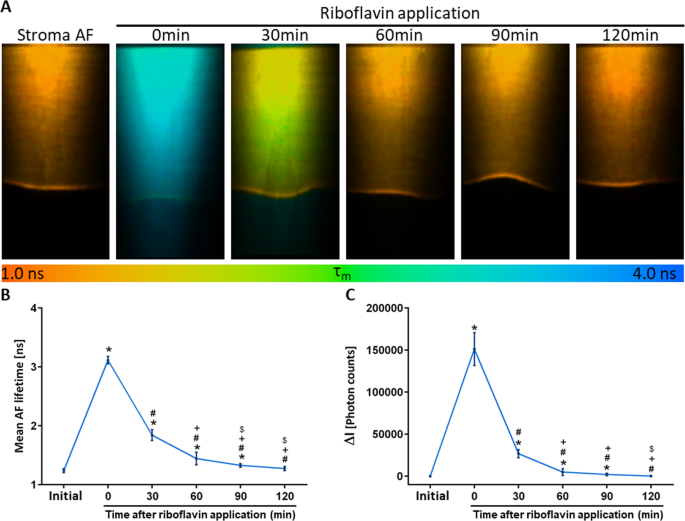
Early Evaluation Of Corneal Collagen Crosslinking In Ex Vivo Human Corneas Using Two Photon Imaging Scientific Reports
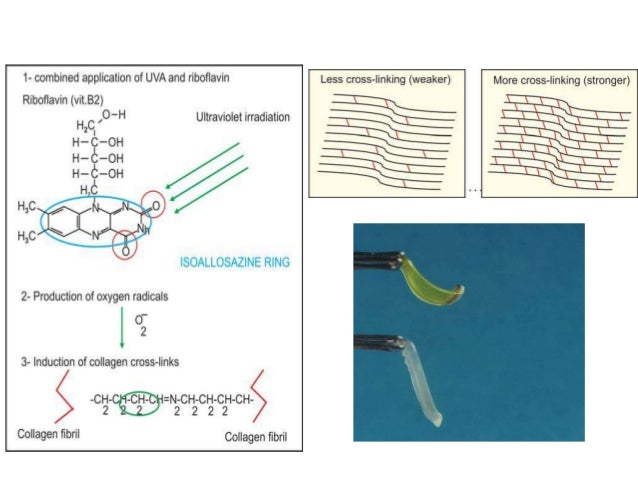
Corneal Collagen Cross Linking

Collagen Cross Linking In Thin Corneas Topic Of Research Paper In Clinical Medicine Download Scholarly Article Pdf And Read For Free On Cyberleninka Open Science Hub
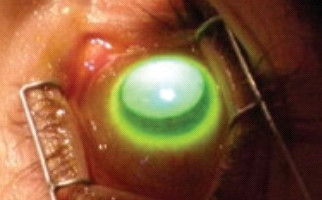
Corneal Collagen Cross Linking Keratoconus Treatment Aktis Eye Laser Center

Current Concepts In Crosslinking Thin Corneas Deshmukh R Hafezi F Kymionis Gd Kling S Shah R Padmanabhan P Sachdev Ms Indian J Ophthalmol

Corneal Collagen Crosslinking Cxl New Jersey Keratoconus Specialist Nyc Clei Center For Keratoconus

A Randomized Controlled Trial Of Corneal Collagen Cross Linking In Progressive Keratoconus Ophthalmology

Corneal Collagen Cross Linking For Keratoconus Touchophthalmology

Corneal Collagen Crosslinking Cxl New Jersey Keratoconus Specialist Nyc Clei Center For Keratoconus

Corneal Collagen Cross Linking Roque Eye Clinic Eye Com Ph

Corneal Collagen Cross Linking Cxl In San Diego California

Cornea Charleston Cross Linking Charleston Carolina Cataract

Corneal Collagen Cross Linking

Riboflavin Uva Collagen Cross Linking For The Treatment Of Acanthamoeba Keratitis Park Annals Of Eye Science

Crsteurope The Future Of Corneal Collagen Crosslinking

Ophthalmology Management Keratoconus Trends In Cross Linking

Two Year Accelerated Corneal Cross Linking Outcome In Patients With Progressive Keratoconus
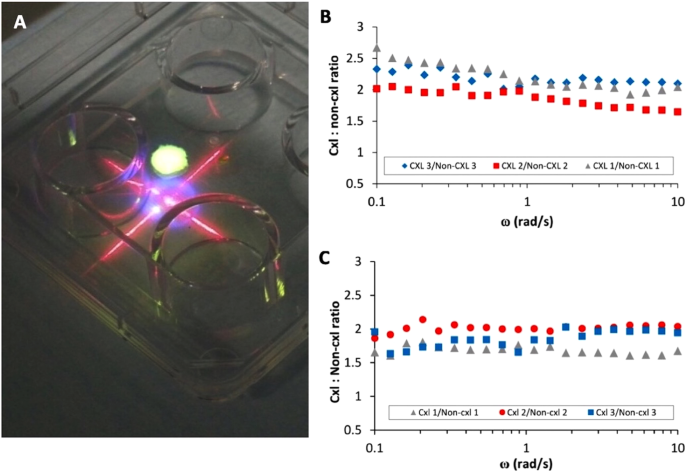
4mtwj35zczu6jm

Current Protocols Of Corneal Collagen Cross Linking Visual Refractive And Tomographic Outcomes American Journal Of Ophthalmology
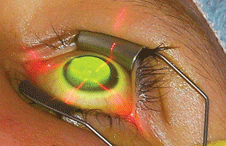
Post Cxl Under Pressure

What Is Corneal Cross Linking Avedro

United States Multicenter Clinical Trial Of Corneal Collagen Crosslinking For Keratoconus Treatment Ophthalmology

Cornea Charleston Cross Linking Charleston Carolina Cataract
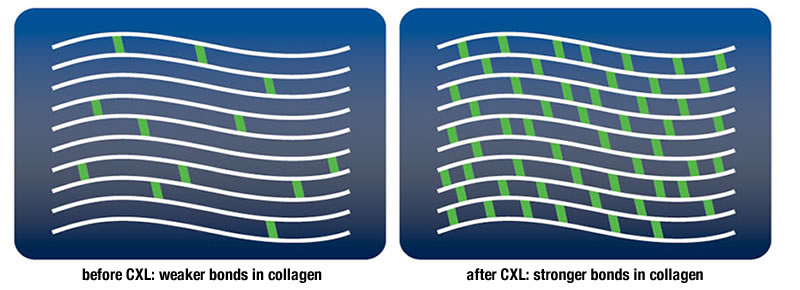
Corneal Crosslinking Keratoconus Australia Keratoconus Australia
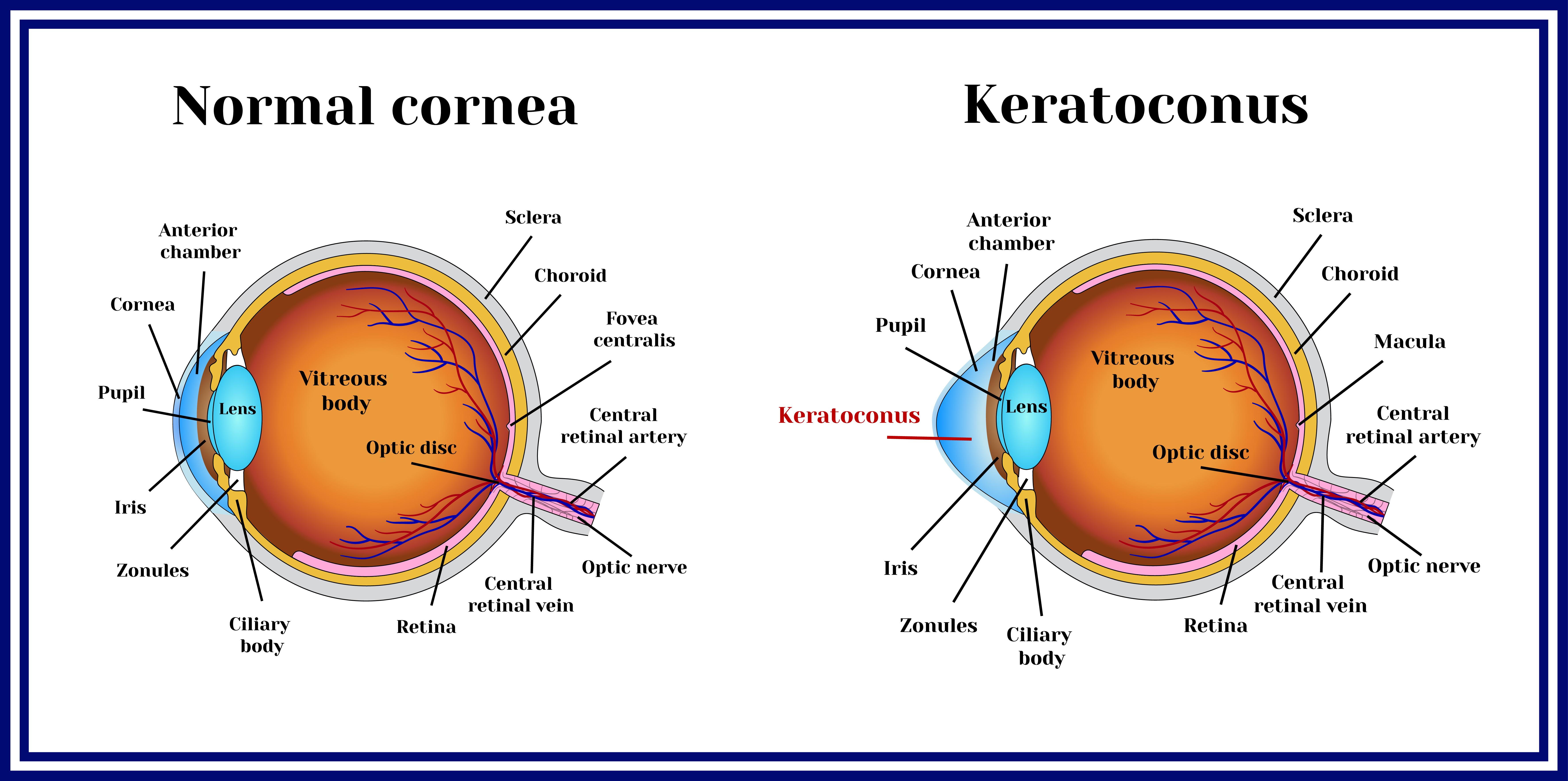
What Is Corneal Cross Linking Pros And Cons In Nvision Eye Centers
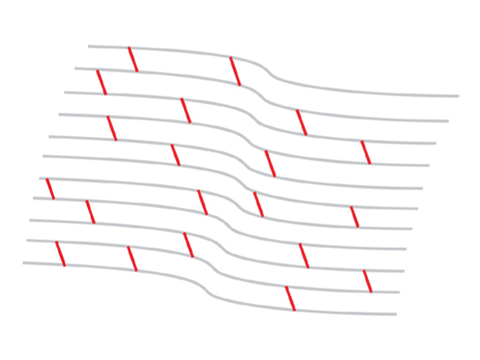
Lasik Cataract And Corneal Transplant Surgery At Jerry Tan Eye Surgery Singapore

Corneal Cross Linking Casey Eye Institute Ohsu
Corneal Crosslinking American Academy Of Ophthalmology
Plos One Efficacy Of Corneal Collagen Cross Linking For Treatment Of Keratoconus A Meta Analysis Of Randomized Controlled Trials
Q Tbn And9gcrz6bxjsb6gnyuysejhwgaewtyrig1towyuvwgsdi0yjzx65whp Usqp Cau
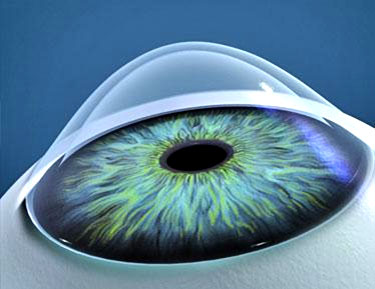
Corneal Cross Linking Cxl Surgical Treatment For Keratoconus

Corneal Collagen Cross Linking Procedures

Everything You Need To Know About Corneal Collagen Cross Linking Cxl Covalentcareers

Corneal Collagen Cross Linking With Riboflavin C3 R In Ernakulam Dr Tony S Super Specialty Eye Institute Id

Corneal Collagen Cross Linking With Riboflavin

Full Text Efficacy Of Transepithelial Corneal Collagen Crosslinking For Keratoco Opth

Current Concepts In Crosslinking Thin Corneas Deshmukh R Hafezi F Kymionis Gd Kling S Shah R Padmanabhan P Sachdev Ms Indian J Ophthalmol

Corneal Collagen Crosslinking Still Hot Topic In Us
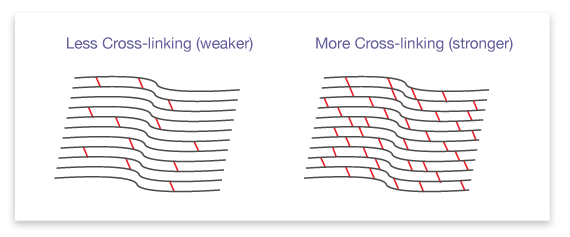
Corneal Collagen Cross Linking Denver Cutarelli Vision Denver Co
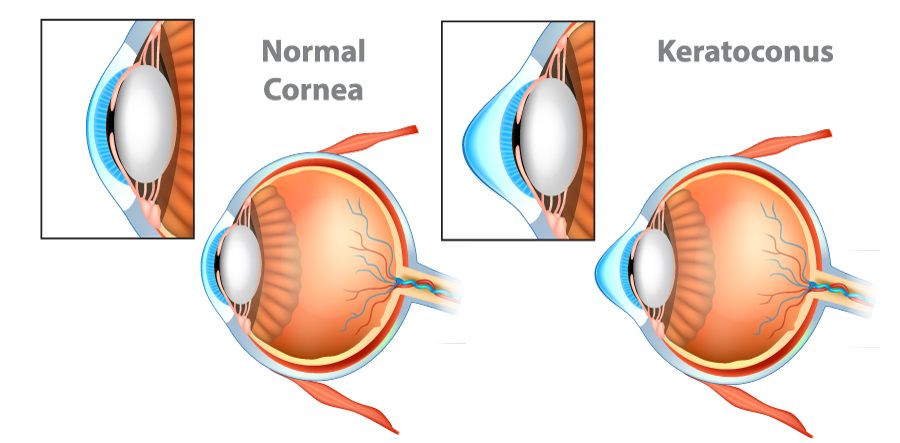
Collagen Cross Linking Ophthalmic Consultants Of Vermont
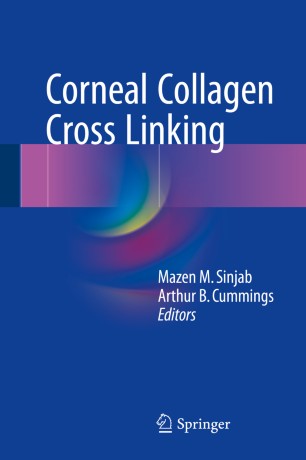
Corneal Collagen Cross Linking Springerlink

Ophthalmology Management Collagen Cross Linking

Cells Free Full Text Mechanisms Of Collagen Crosslinking In Diabetes And Keratoconus Html

Keratoconus Treatment May Prevent Need For Corneal Transplant
Protective Effects Of Soluble Collagen During Ultraviolet A Crosslinking On Enzyme Mediated Corneal Ectatic Models
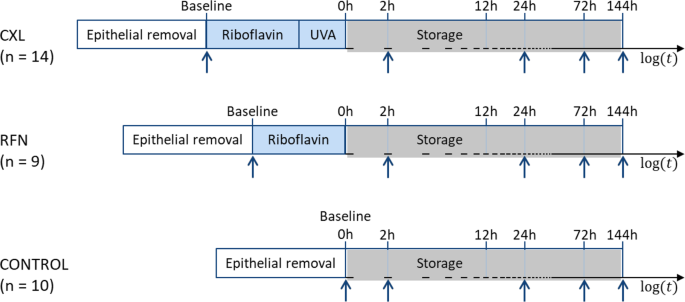
Early Evaluation Of Corneal Collagen Crosslinking In Ex Vivo Human Corneas Using Two Photon Imaging Scientific Reports
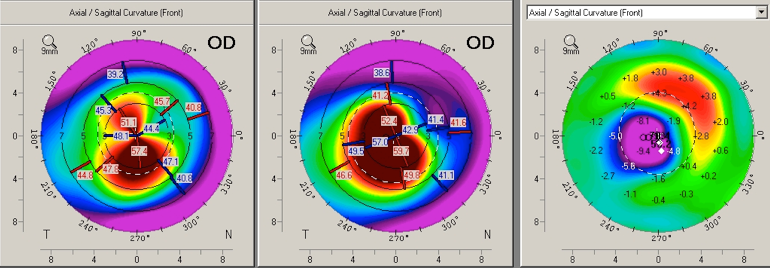
Combining Surface Laser Treatment And Corneal Collagen Cross Linking For Keratoconus

Corneal Collagen Cross Linking For Keratoconus Youtube

Keratoconus Has An Early Stage Treatment Option Corneal Collagen Cross Linking New Zealand Doctor

Collagen Cross Linking A New Treatment Paradigm In Corneal Disease A Review

Eyeworld Corneal Collagen Crosslinking Is Epi Off Or Epi On Best For Patients

Pdf Corneal Wound Healing After Ultraviolet A Riboflavin Collagen Cross Linking A Rabbit Study
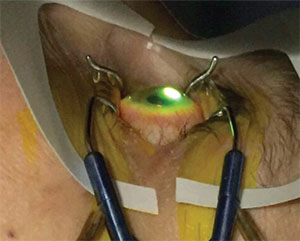
Making The Most Of Corneal Cross Linking

Customized Pachymetric Guided Epithelial Debridement For Corneal Collagen Cross Linking Bmc Ophthalmology Full Text

Corneal Collagen Cross Linking Dr John Goosey

Corneal Collagen Cross Linking For Keratoconus And Corneal Ectasia Ento Key

Collagen Crosslinking Using Riboflavin And Uva Exposure For Keratoconus Or C3r Treatment
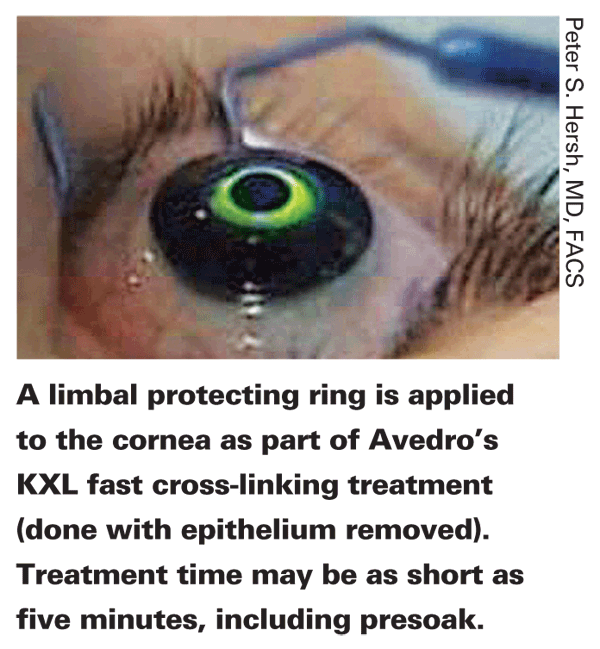
Collagen Cross Linking The Promise Keeps Growing

Cross Linking Vancouver Martin Mccarthy Md Martin Mccarthy M D

Transepithelial Corneal Collagen Crosslinking In Eyes With Progressive Keratoconus

Corneal Collagen Cross Linking Shows Promise For Treating Keratoconus Ectasia

Pdf Accelerated Corneal Collagen Cross Linking In Thin Keratoconic Corneas

A Protocol For Use Of Prokera After Corneal Collagen Cross Linking

Mechanism Of Cross Linking Uk Cross Linking Consortium

San Francisco Keratoconus Treatment Collagen Cross Linking

Collagen Cross Linking For Kerratoconus And Ectasia In Cairo Egypt
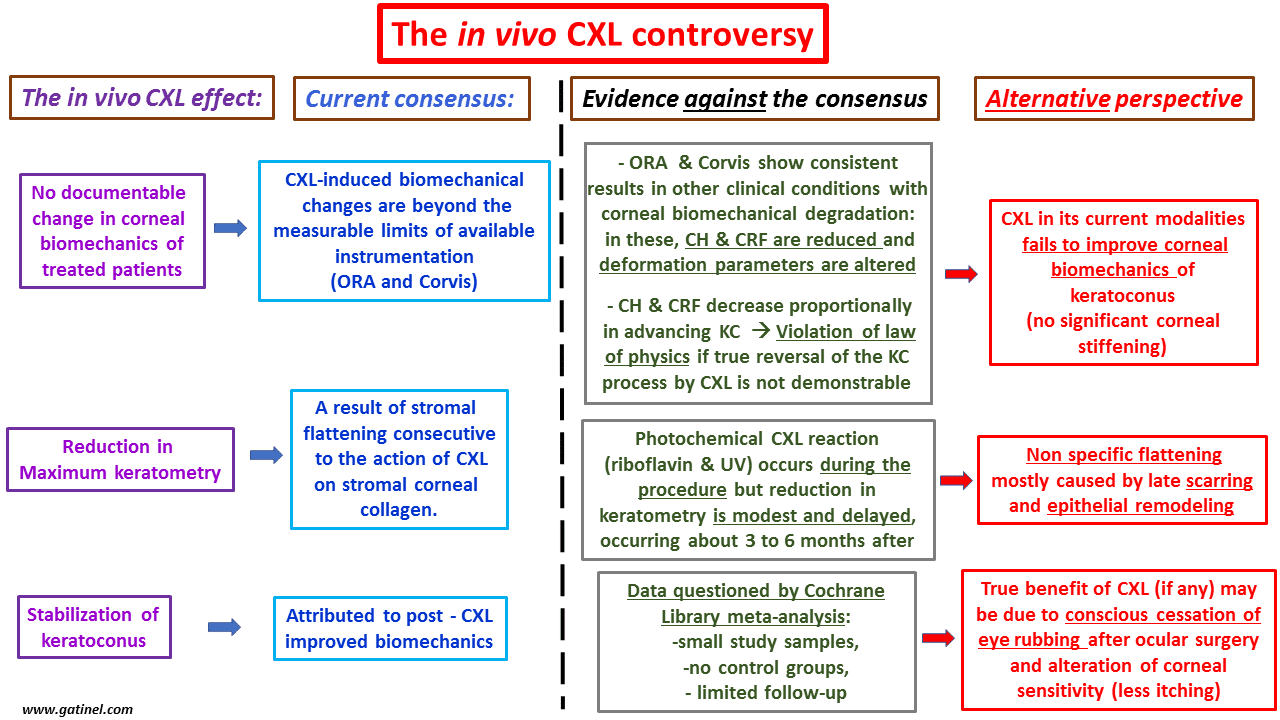
The Crosslinking Controversy Docteur Damien Gatinel
Q Tbn And9gcqsuns1so8lx1aext5eqtjdqxuhfqppo7uq8q8nmijkl8clomb1 Usqp Cau

Corneal Cross Linking Wikipedia

Collagen Crosslinking Pptx
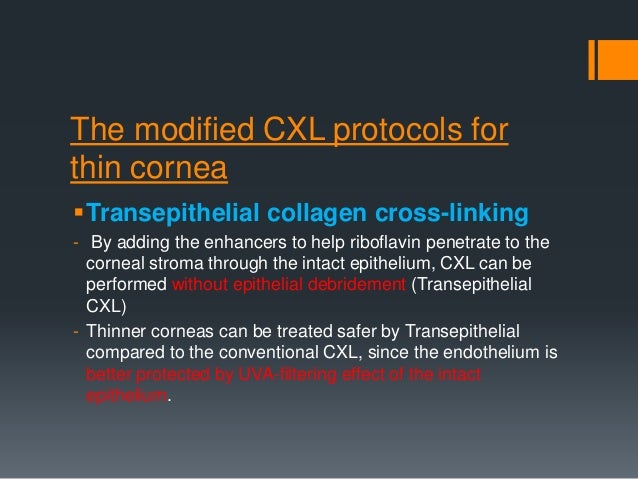
The Recent Updates About Corneal Collagen Crosslinking
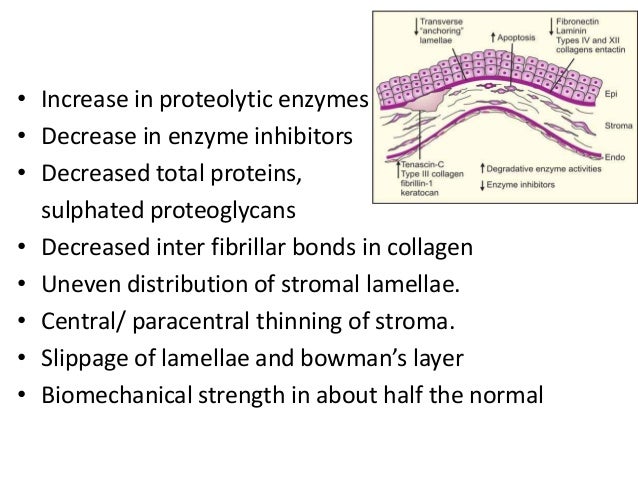
Corneal Collagen Cross Linking

Ods Recognize Potential Of Corneal Collagen Cross Linking
1

Keratoconus New Jersey Cross Linking Teaneck Clei

Prk Xtra Visionmax Eye Centre

Corneal Crosslinking Eyes Matter

Corneal Collagen Crosslinking Update Youtube
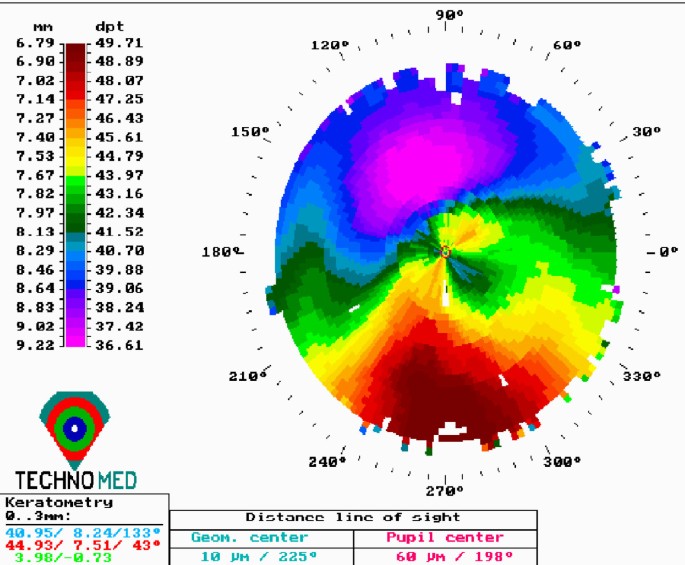
Customized Pachymetric Guided Epithelial Debridement For Corneal Collagen Cross Linking Bmc Ophthalmology Full Text

Collagen Cross Linking The Eye Practice

Corneal Collagen Cross Linking Ccl Cxl

What Is Corneal Collagen Cross Linking Youtube

Simplified Mechanism Of Collagen Crosslinking With And Without Soluble Download Scientific Diagram

Effect Of Corneal Collagen Crosslinking For Keratoconus Collagen Eye Health Corneal

Corneal Collagen Cross Linking For Keratoconus Touchophthalmology

Corneal Cross Linking Cxl Clearvision Eye Clinic Singapore

Current Concepts In Crosslinking Thin Corneas Deshmukh R Hafezi F Kymionis Gd Kling S Shah R Padmanabhan P Sachdev Ms Indian J Ophthalmol

Corneal Crosslinking Maryland Vision Institute
Plos One Efficacy Of Corneal Collagen Cross Linking For Treatment Of Keratoconus A Meta Analysis Of Randomized Controlled Trials

Corneal Collagen Crosslinking For Keratoconus Clio Eye Care
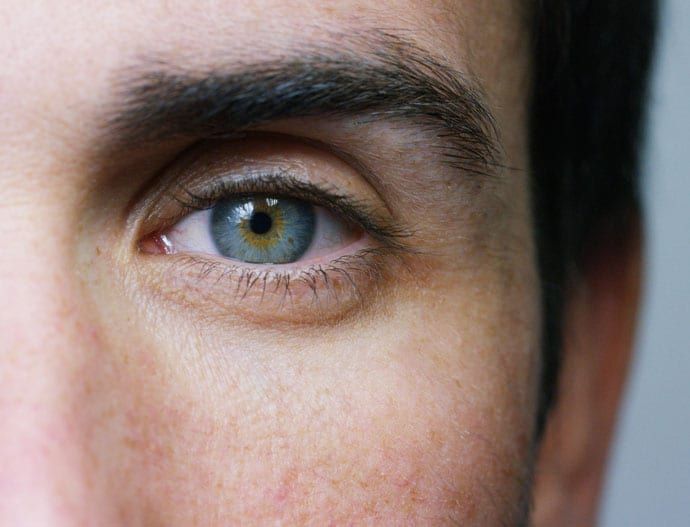
Corneal Collagen Crosslinking South Shore Eye Care
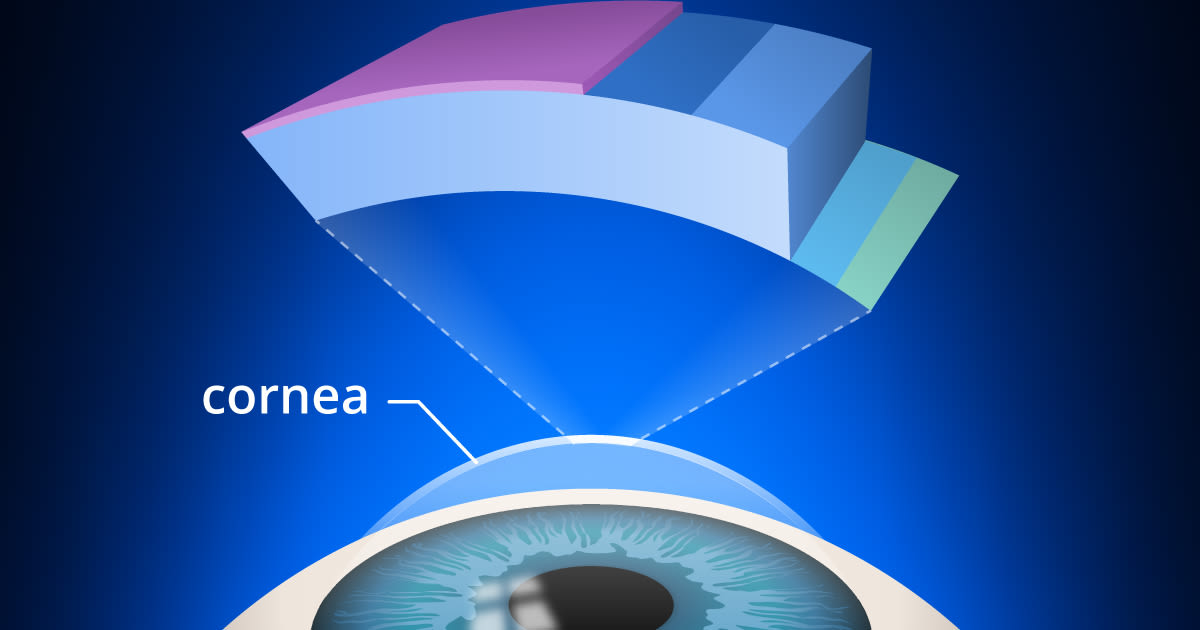
Corneal Cross Linking Recovery Side Effects Cost

Corneal Collagen Cross Linking Long Island Cxl Ny Sightmd

Epithelium Off Versus Transepithelial Corneal Collagen Crosslinking For Progressive Corneal Ectasia A Randomised And Controlled Trial British Journal Of Ophthalmology



